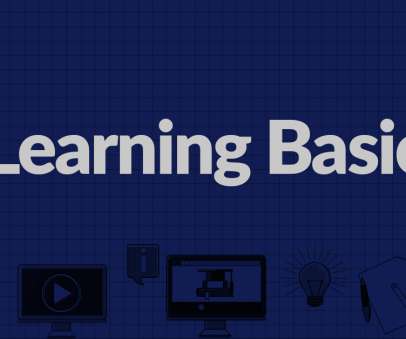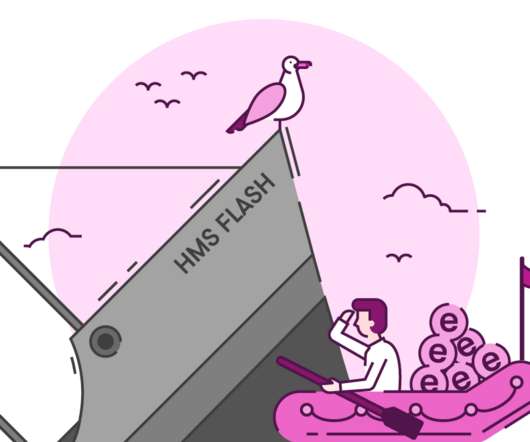eLearning Basics: Flash is Going Away?Have You Checked Your eLearning Courses?
Convergence Training
MAY 26, 2020
Adobe is going to discontinue the Flash Media Player at the end of this year (2020). For one reason, because some of your elearning courses at work may still use Flash video. Flash is (and soon, was) a media player embedded into a lot of web browsers. What Does This Have to Do with eLearning Courses? Why should you care?
















Let's personalize your content